Think back to when you were dining in restaurants just a few short months ago. Chances are good that you may have enjoyed a few edible flowers while out and about on the eatery circuit. They add some colorful beauty to cocktails and salads and can even impart unexpected flavors.
Foraged ingredients are always in demand. Now, more than ever, you may be wanting to create something in your kitchen that looks as good as something your favorite restaurant turns out. In that spirit, here’s a brief compendium on edible flowers you should sniff out when wanting to add something a little extra to your plate.
In reality, the number of edible flowers is enough to make your head spin. Here, we focus on some of the most popular and easy to find and identify.
Borage
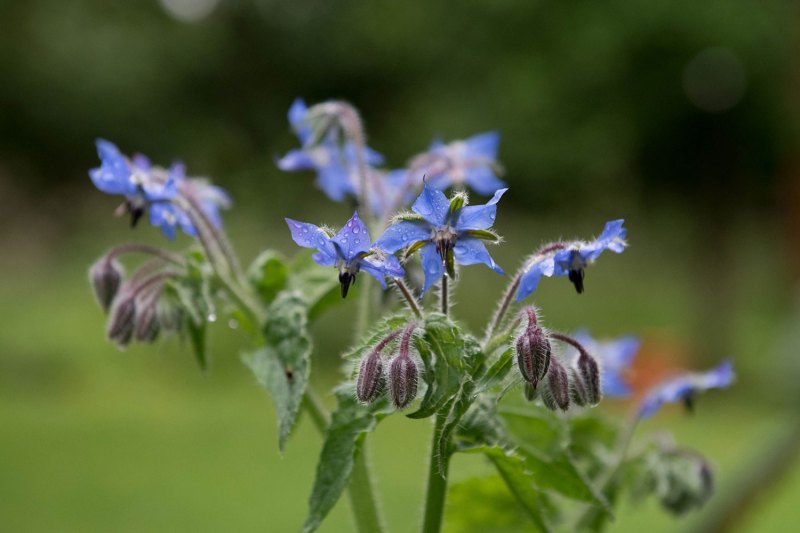
A towering blue flower, borage is great fresh (don’t bother drying it) and taste a bit like melon rind or cucumber. Some chefs like to chop them up and add them to stocks or use the cooked leaves like spinach. It’s great with lemonade, worked into preserves, or added to soups.
Coriander
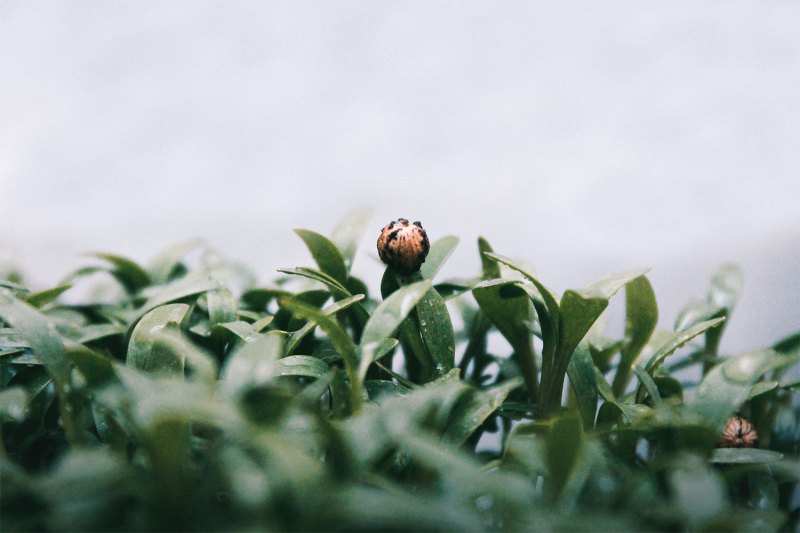
All of the coriander plant is edible, despite the fact that we mainly just focus on the seeds. The light-colored flowers can be used to offer a bit of chill in spicier dishes or to elevate heavier flavors from sauces or broths.
Carnations

One of the nimbler flowers, carnations work well in things like cocktail syrups or mixed into butter or a vegetable salad. The flavor is fairly peppery and it’s one of the more than 100 ingredients that goes into the age-old French liqueur otherwise known as Chartreuse.
Hibiscus
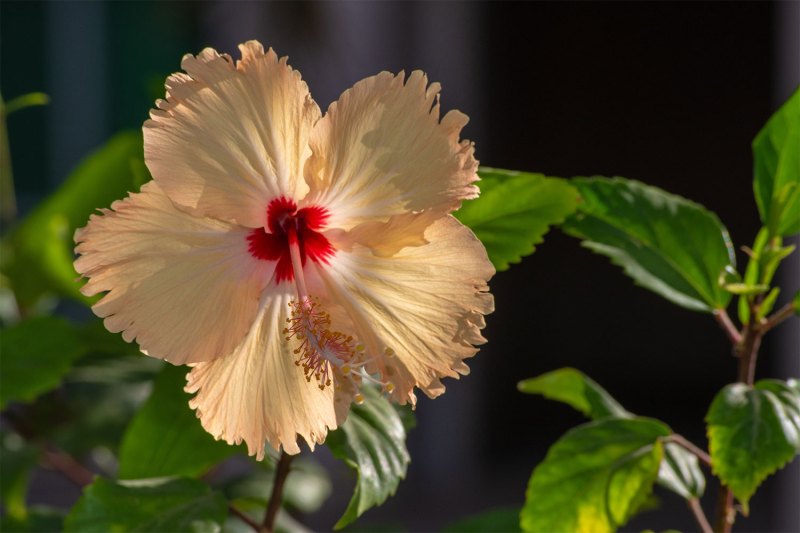
Often used in teas or as a garnish, hibiscus brings a cranberry-like flavor to the table along with a variety of colors, although the most common tend to be pink or red. Drying the flower and throwing it in something like a quesadilla is also a wise move. It’s also really tasty in beers such as an IPA.
Lavender
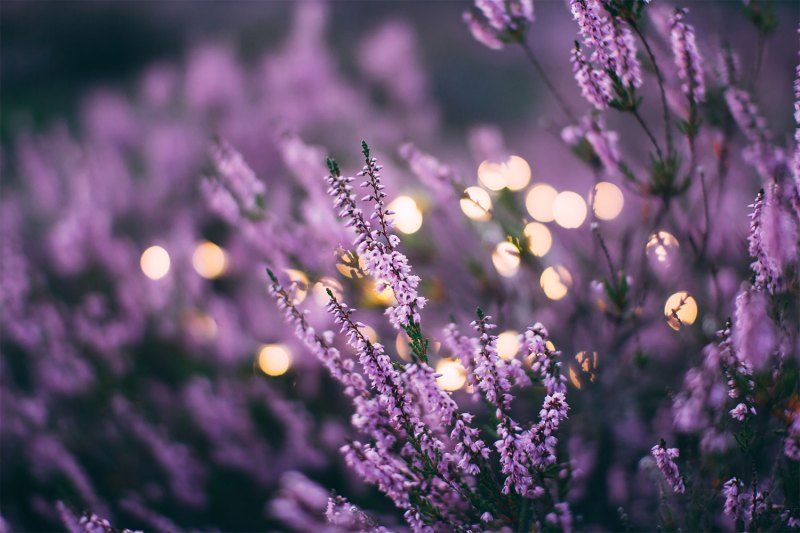
Lavender’s purple tone and fragrant aroma make it immediately recognizable. It’s fantastic in ice cream or as an herb to sprinkle onto grilled meats like poultry, pork, or lamb. It functions a lot like rosemary and its flavor intensifies via drying. A clever use for the sturdy stems is a kabob, on which you can place some veggies or pieces of meat. Try it on breads like focaccia as well.
Lilac
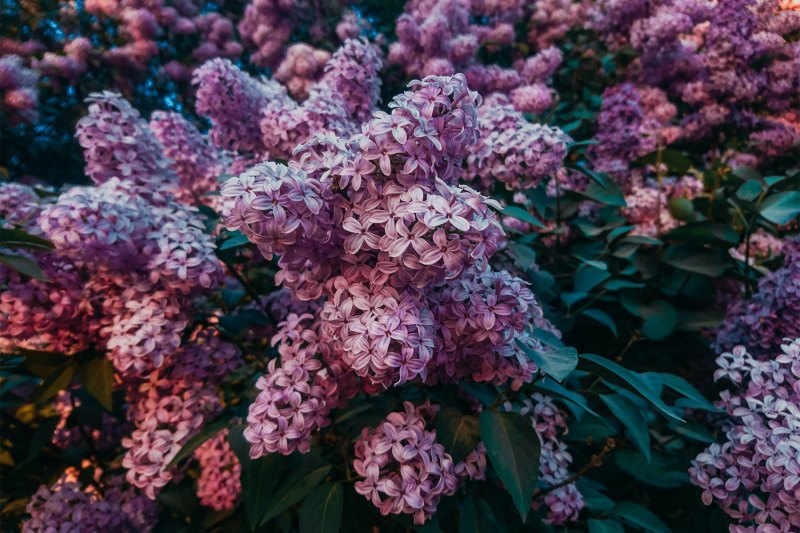
The blossoms of lilac are great worked into baked goods like scones and muffins. The flower also works well with sweet dessert items, imparting some citrus and floral notes. Try it in a custard or cake or as part of a cocktail, especially one focused on gin or vodka.
Linden

Used as a flour substitute during wartime, linden is believed to have some medicinal properties as well. Many cooks like to use it in stews but it’s also tasty in tea or as a syrup for cocktails or alongside panna cotta. The flowers are mesmerizing and wonderfully intricate.
Nasturtium
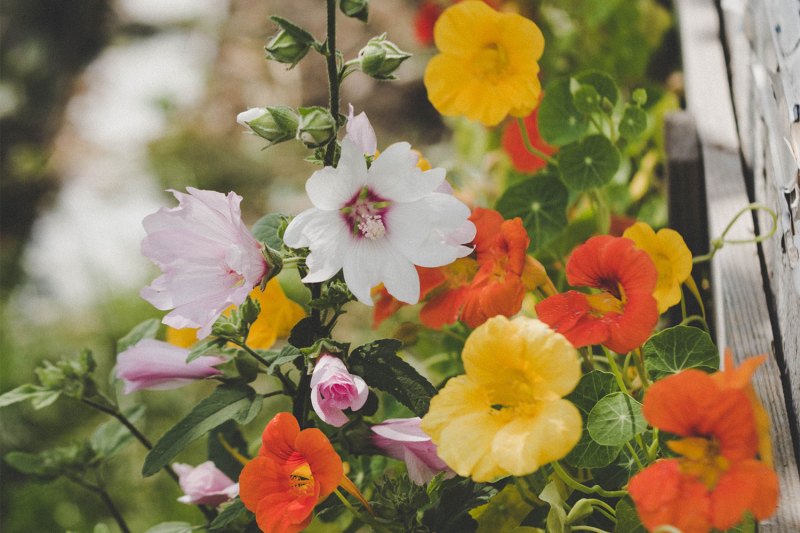
Arguably the most popular of the bunch with many, many subspecies, nasturtium is eye-catching and usually used in salads. The entire plant is edible and the flavor is a bit like a sweet and subtle mustard. Some stuff the flowers with cheese while others use the pods in place of olives or capers.
Roses
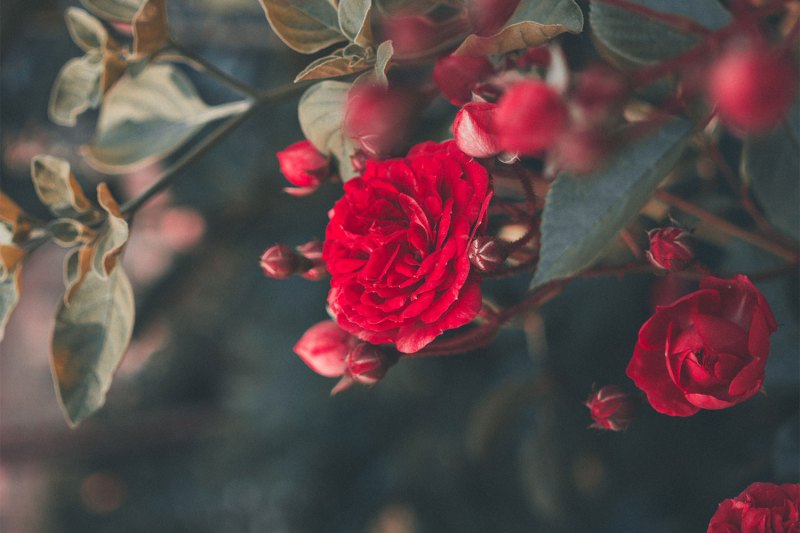
Yes, you can eat roses, although the lighter parts of the petals tend to be a bit bitter. The flavor falls somewhere between fruity, grassy, and slightly spicy. An estimated 300 species exist so you’ve got some options here. Nutritionists note the health effects of roses while cooks like to work them into sauces and honey or pickle the petals for a dazzling addition to you next snack tray.
Squash Blossoms
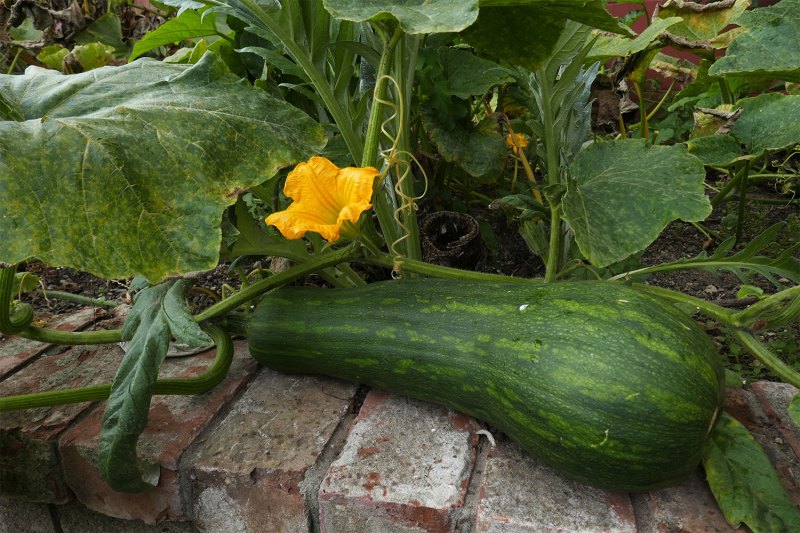
There’s something extra summery about a handful of golden squash blossoms. Their uses in the kitchen are many but one of the best ways to enjoy the flower is to simply stuff it with ricotta cheese and give it a light fry. That, or sprinkle some over pasta for some great color and a light squash flavor. There are a variety of other blossoms to look out for, too, including radish and arugula.


